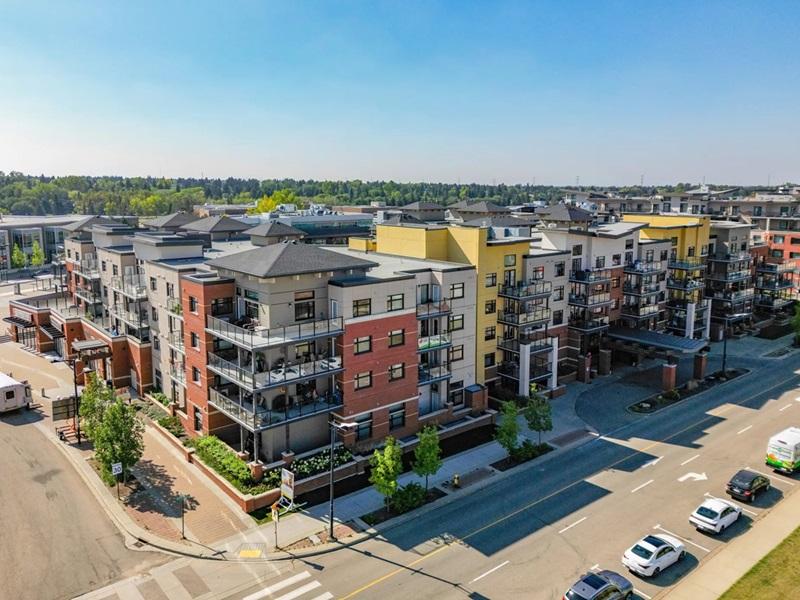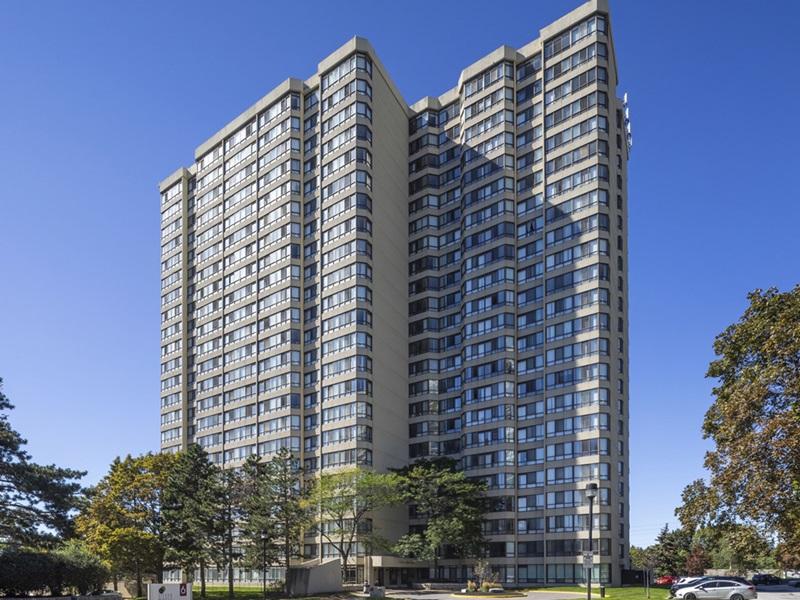First, I would like to congratulate you on becoming the next chief planner! What a true honour it must be to receive the opportunity to guide this fantastic city into the future it deserves!
At the same time, you are stepping into an undoubtedly challenging new role given the urban complexities our city is facing. From the severity of our housing crisis to the roller-coaster ride of skyrocketing inflation and interest rates, we're navigating a tough economic terrain.
Anti-immigration sentiments, on the other hand, are gaining traction, which is ironic in a city where one out of every two residents was not born here.
And the list of challenges goes on.
Some big ideas to help solve housing issues
As an architect and urban planner, I devote a lot of my time and energy pondering, advocating and tackling these challenges, of course in my own humble way. Every now and then, I find myself struck with big ideas — ideas that I hope you, our new chief planner, might consider giving a shot.
If these have already crossed your mind, then take this letter as a token of support and encouragement, knowing that I and many others will be cheering you on every step of the way.
Allow me to share some of these ideas that could genuinely transform the future urban landscape of Toronto. I realize some of them might be less feasible than others, but hey, it's a hypothetical letter, so why not go big?
1. Plan and do anything within your power for more transit:
We are lagging on our transit network. Let's get our priorities straight and make a substantial leap in expanding public transit networks.
This move isn't just about improving accessibility; it is a solid step toward addressing traffic congestion and championing sustainable transportation options.
And speaking of sustainable options, let's not forget cycling infrastructure: we should spread those bike lanes far and wide across the city. Toronto, with its relatively flat terrain, has the potential to be the Copenhagen of North America. We've got exceptional possibilities here.
Plus, let's put measures in place to keep those lanes snow-free in winter, encouraging year-round usage, just like in Copenhagen.
2. Shift from the current member structure of committee of adjustment to approve minor variances by Staff:
Could we consider scrapping the committee of adjustment (CofA) to streamline decision-making while still ensuring a fair appeals process? Many projects don't necessarily demand a complete rezoning but often get caught up in that process.
From my experience, CofA members, being non-professionals, too often decline projects that might not appear 'minor' in nature — like approving a six-storey building that complies with the guidelines through CofA. This bottleneck often leaves genuine ‘missing middle’ projects tangled up in a three-year process.
Instead, we should let staff approve minor variances on a professional basis. The process could still be appealed, but the decision-making process will be based on professional discretion, policy, zoning and design guidelines.
3. Launch a massive public education campaign to inform people about how planning policies shape our cities, the actual consequences of what they support or oppose, and the key factors that shape their urban experience:
This should probably take the second spot on my priority list, right after transit. Meaningful community “engagement” is an uphill battle when professionals and the public are essentially speaking two different languages.
No wonder the dialogue often turns adversarial. I wish we could launch a comprehensive public education campaign to boost awareness and understanding of urban planning policies, density and complete communities.
This would lay a crucial foundation for fostering community support and encouraging informed decision-making.
4. Teach city planners Pro Forma 101:
Maintaining the public good and understanding the numbers can go hand in hand. In fact, it's not just about maintaining; it's about using numbers as a crucial city-building tool to create even more.
Can we promote the idea that municipal planners should have a fundamental grasp of how a pro forma works?
5. Revamp certain Official Plan terminology:
Rethink the language used in the Official Plan, removing stigmatizing terms such as “character”, “protecting neighbourhoods” or “apartment neighbourhoods” (why should people living in apartments have different neighbourhoods?).
Redefining these terms would foster inclusivity and promote equitable urban development.
This brings me to the next overly used term that prevents housing: ‘Shadows’. As an industry, we have disproportionately emphasized the influence of shadows when approving new housing.
It is time to shift away from an exaggerated focus on shadow studies in urban design and adopt an approach that recognizes a multitude of factors impacting our public realm. This is especially crucial for informing our public discourse (see point No. 3).
Consider the chilly winter months, for instance, when the sun hangs low. Even a two-storey building can cast a long shadow during this period. So, why engage in a discussion over a few additional storeys in a multi-unit building?
We can balance the shadow impact with innovative and proven design measures to ensure we create pleasant urban environments while meeting our housing delivery targets in the midst of a housing crisis.
6. Site plan exemption policy to be increased from 10 to 30 residential units to match with the new major streets policy:
We should align site plan approval exemptions with the policy-in-the-making that will permit the construction of six-story buildings with 30 units. To see these developments materialize, granting site plan approval exemptions can go a long way.
While I acknowledge the importance of site plan design, I believe we can enhance it by introducing predetermined guidelines to streamline the process and facilitate urban growth in an effective and meaningful way.
7. Build shelters on small city-owned sites on major streets in low-rise neighbourhoods using modular construction:
This summer, Toronto witnessed refugees struggling on its streets, unable to find a place to live. We are better than this! We can and should do better.
How about using smaller city-owned land parcels (not sites more suitable for higher-density developments) to build shelters for vulnerable populations — refugees, the homeless and survivors of domestic abuse? And, let's aim for a streamlined process.
Why not leverage tools like Municipal Zoning Orders (MZO) or CIHA, and pair them with modular construction? Just like the city proved capable of doing during COVID, when shelters were built in the record time of nine months from site identification to occupancy.
8. Spend less time on studies, spend more time on creating pilots "overnight":
Instead of getting bogged down in extensive studies that slow progress, consider putting in place ‘overnight’ pilots to test a change in action, learn from it, modify whatever is needed and continue to the next one.
Take New York City, for example, and how it initiated a pilot project in 2008 to reclaim the streets and swiftly transform them into “Pedestrian Living Rooms,” sometimes even overnight. Now the reclamation and transformation of the public realms continues to grow and gain public support.
Or another innovative pilot the city launched to enhance the safety of its bike lanes, the “Better Barriers” pilot program, which aims to test new materials for protected bicycle lanes across the city.
These hands-on, temporary initiatives provide the opportunity for immediate testing of ideas, allowing for real-time feedback and informed decision-making.
9. Work with the private sector for workforce housing delivery:
Look for innovative partnerships with the private sector to facilitate the provision of workforce housing. We can achieve more if we stop depending solely on government funding, especially for workforce housing.
We can be creative and create a win-win and demonstrate that private and public can work together.
Here is one idea for instance, that is worth exploring: allowing an additional X% (for example, 30%) in storeys beyond the permitted height to deliver Y% (for example: 50%) of the extra units as workforce housing.
Voilà! These were some of the boldest ideas in my arsenal.
But don’t take it just from me, our industry is filled with brilliant minds, much smarter and more experienced than myself. I hope you will recognize that and tap into their wisdom.
Toronto eagerly anticipates your bold approach. Your leadership in implementing these innovative strategies and others will pave the much needed path to an inclusive, sustainable Toronto for generations to come.
Here's to a future where urban spaces flourish, promoting community well-being and opportunities for all
Yours truly,
Naama Blonder
Architect and Urban Planner
Co-founder of Smart Density







